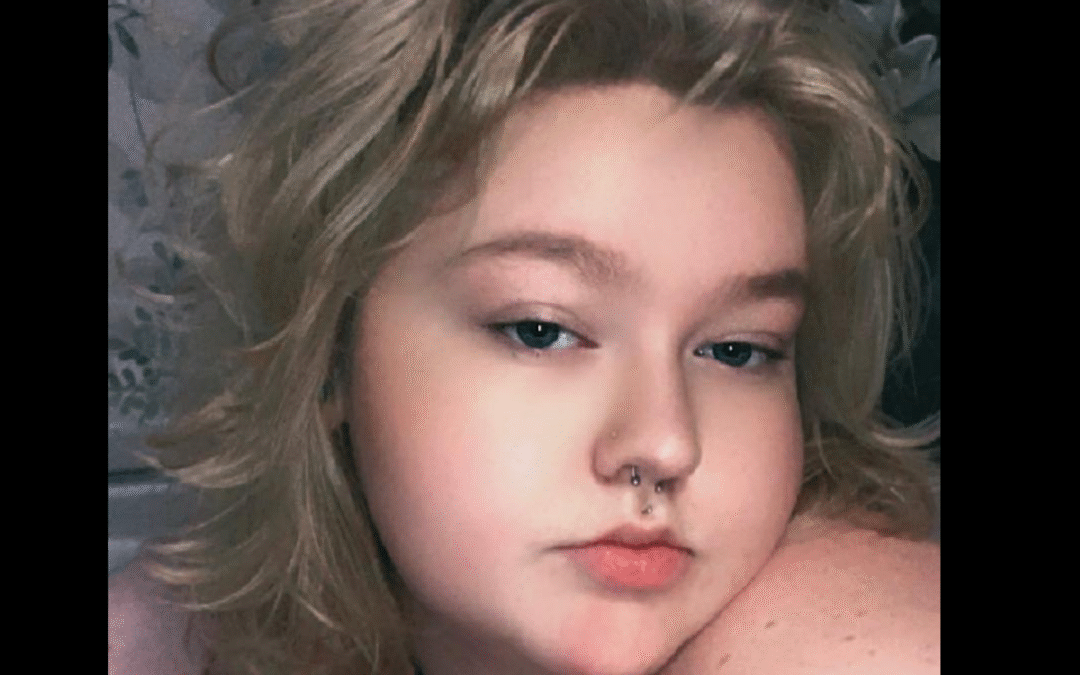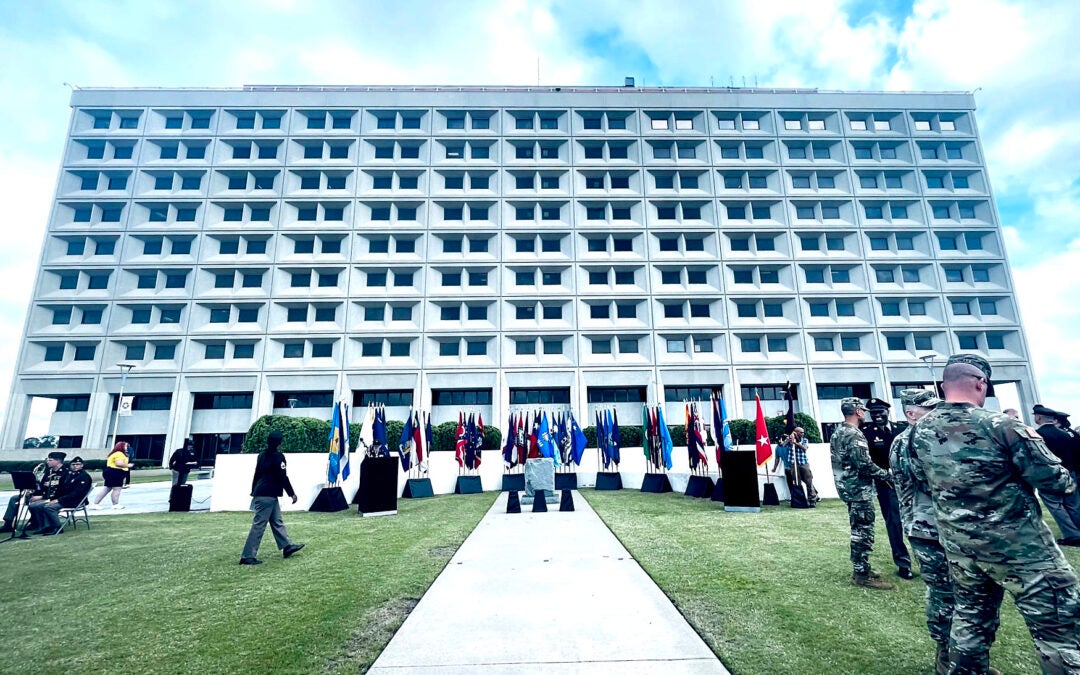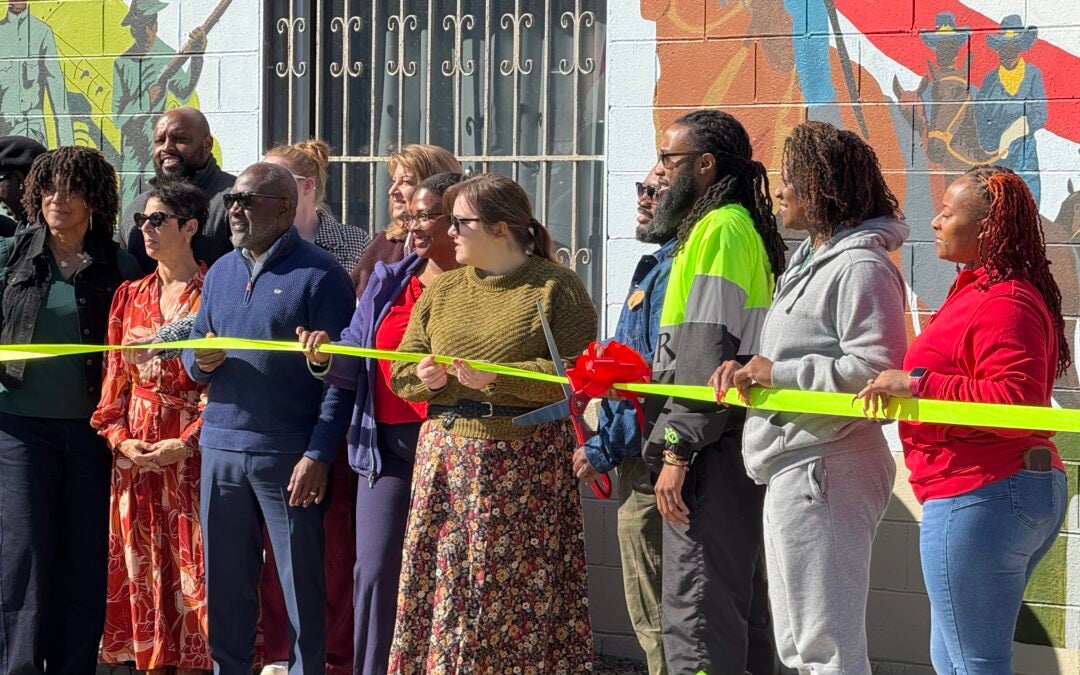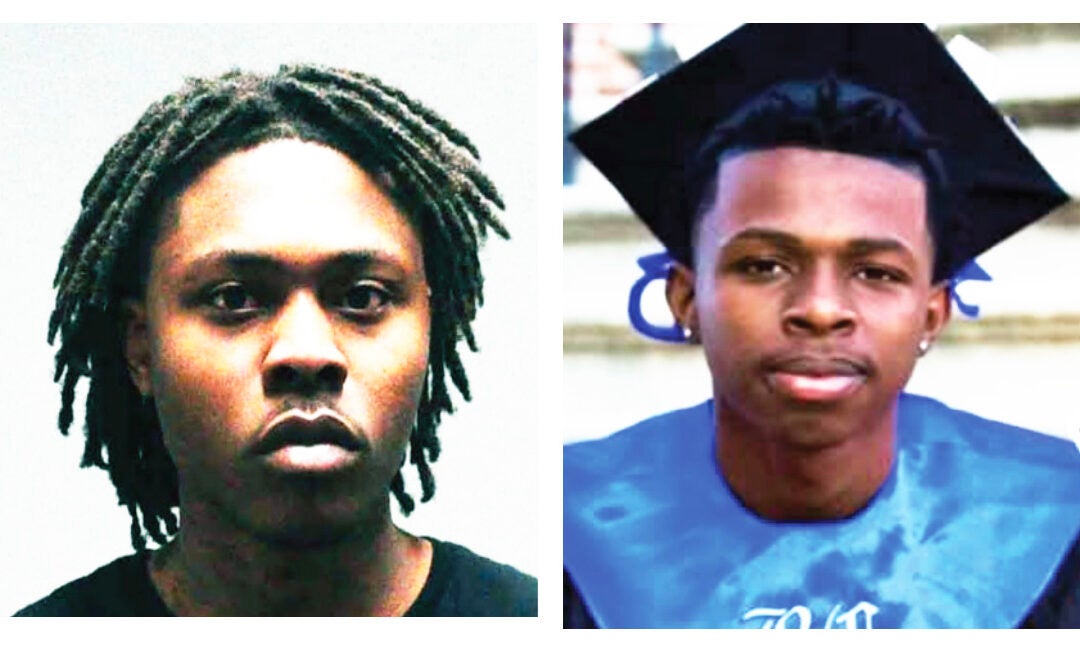(Editor’s Note: Whether they chose the international route to adopt or found a child through a more private path closer to home, some area couples have expanded their families through adoption. Three families shared their stories.)
John and Sarabeth Wheeler
Sarabeth Wheeler always knew she wanted to adopt a child, so much so that it was a relationship deal-breaker.
“When John and I were dating, I told him that if this is something you can’t see, this won’t work out. He said he’d never thought of it, but he could see it,” she said.
The idea for international adoption came from Wheeler’s parents. They’d considered adopting, but some countries will not allow people to adopt if they already have several children living under the same roof.
Wheeler has four siblings, so that excluded her parents.
But the seed had already been planted in Wheeler’s mind, and it would continue to germinate.
After having two children, the Wheelers decided it was time.
[adrotate banner=”54″]
She said she’d always thought she’d adopt a child from a country in Africa, but that wasn’t in the cards. As she researched, she learned what adoption policies were for different parts of the world.
Some countries had age requirements for adoptive parents; some stipulated a couple be married for 10 or more years before adopting, she said.
When the Wheelers started the process, neither of them were 30 years old.
The list of countries grew smaller until the only two left on the list were Colombia and South Korea. South Korea cost more than Colombia, but both of them felt South Korea would be where they adopted a child from.
Between 1999 and 2014, U.S. families adopted 256,135 children from other countries, according to the Congressional Coalition on Adoption Institute, a non-profit, non-partisan organization founded in 2001. In 2018, 4,059 were adopted internationally down 82 percent from 2004.
The Wheelers began the process in October 2016 and started fundraising in 2017.
The in-depth process included background checks, mental health exams and medical screenings for all family members. John and Sarabeth Wheeler’s medical exam even went as far as to ensure neither of them was above a certain body mass index level.
The Wheelers were matched with their son, Maverick, in 2018, and they brought him into the United States in October 2019.
Many of the children adopted from South Korea have some type of special needs, she said. Maverick, who is 3, has needed some speech therapy.
Once the Wheelers brought Maverick home, there was an adjustment for everyone, and even though she knew they’d made the right decision and what they felt was the best one for Maverick, it was difficult early on.
[adrotate banner=”30″]
Maverick had to learn to trust his new family. He’d only known foster parents, and he was removed from that situation.
“The first three months were pure survival,” she said. “There were some happy and beautiful moments. He had to figure us out, and we had to figure him out.”
Wheeler said they have a book from his foster mother with photographs. They want to teach him about his native culture and hope to take the family to Korea in a couple of years.
Annie and Joey Turner
Annie and Joey Turner had talked about adoption early in their marriage. He had children from a previous marriage, but she had none.
“We started checking into it,” she said.
But the cost seemed to be out of reach. The Turners, who have been married for 16 years, put adoption out of their minds for a long time. Out of the blue one day in 2015, a friend asked if they’d ever considered adoption. She said her niece knew of a couple who already had a small child and was considering giving up the child they were expecting.
“We found out on Monday. She was due in two weeks,” said Turner.
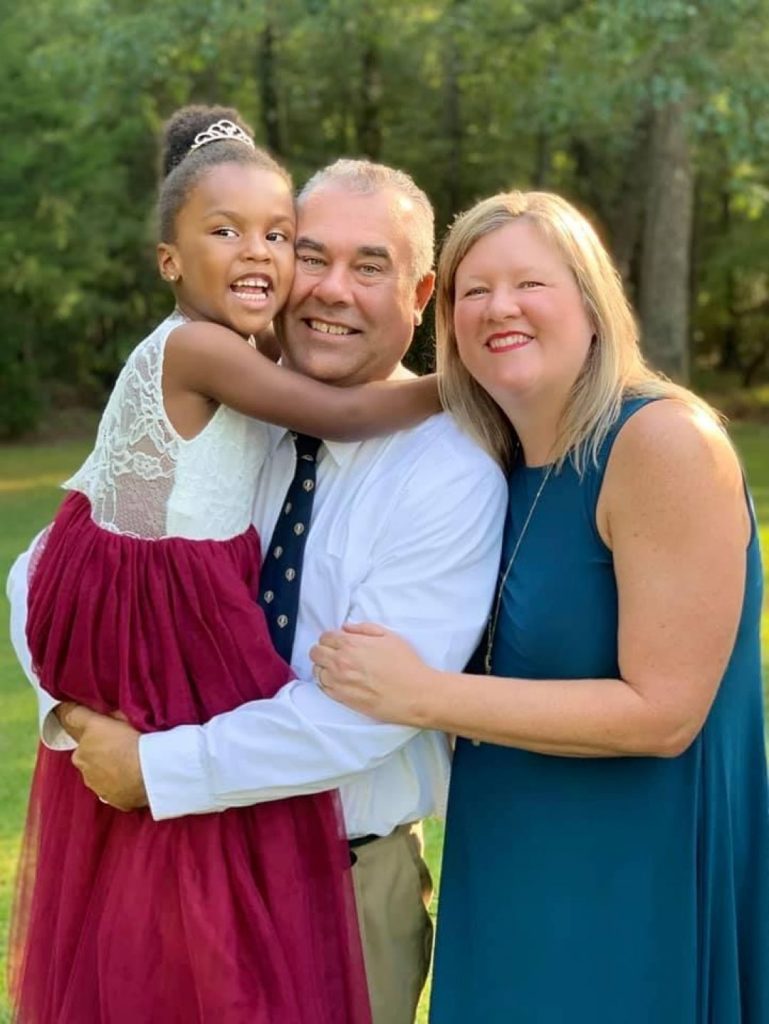
The Turners decided they would adopt the baby, who was born the following day despite her anticipated due date.
“That was the most stressful part. We had nothing for a baby. No bottles, no bed,” she said.
The Turners are white, and Grace is black.
“We’ve never looked back,” she said. “We love Grace. I don’t think we could love her any more.”
That hasn’t stopped the questioning gazes they’ve gotten.
“It used to be more noticeable when we first adopted,” she said. “People think we’re babysitting. We’re older parents so people think we’re grandparents sometimes. We get some sideways glances. It’s crazy to me.”
And as for the cost, the Turners said they got most of the legal fees back in tax credits when they filed the next year.
The challenges they’ve faced have been typical parenting ones, she said.
“Grace is so strong-willed. When she was 2 and 3, I cried every day. I felt like such a bad mom,” she said
But now, she just feels blessed to have had the opportunity to adopt.
“We feel like we’ve been rejuvenated,” she said.
Karen and Jeff Brotherton
Karen Brotherton wished she’d known more about the adoption process before going through it with her son, Braxton, 5.
“Adoption is really a very messy thing,” she said.
Brotherton said she and her husband, Jeff, chose the adoption route because of infertility issues, and as they’ve worked to raise Braxton, they want to do what’s best for him.
[adrotate banner=”19″]
With that in mind, Brotherton has become part of various online adoption groups to understand some of the mental and emotional aspects of adoption that people don’t talk about. She wants to learn more about adoptee and adoptive parents’ experiences to better navigate through the issues he might face in the future.
“We were not educated enough” in the beginning, she said.
When she said it’s a messy process, she believes there’s an underlying trauma the adoptee goes through that people don’t always want to address. After talking with many adult adoptees, the inner trauma stays with them.
The adoption of her son was what Brotherton called a “stork drop” situation.
“A baby has just been born. We’d like for you to come get on a plane and fly out tomorrow,” Brotherton said in relaying the conversation she had when they first learned about him.
As Brotherton educated herself about adoption, she realized that there are many older children in the foster care system who need adoptive, loving homes.
“Adoption isn’t the easy thing. It’s not the beautiful thing, but it’s the right thing,” she said.
CCAI cited figures from the U.S. Department of Health and Human Services that reflected 437,000 children live in foster care. Of those, more than 125,000 of them are eligible for adoption, and they will wait an average of four years for an adoptive family.
While she hopes that one day, Braxton’s biological family can be in his life, she knows that’s not possible in all cases. In some cases, it’s not in the child’s best interest to be with the biological parents, and those are the situations that concern her the most.
“Adoption can be a very necessary thing,” she said.
Brotherton said if they adopted again, they’d heavily consider this path.
“I’d tell people there are so many older children in the foster care system,” she said. “They don’t even need adoptive parents, but families who will walk beside them in a safe and healthy way.”
Charmain Z. Brackett is the Features Editor for The Augusta Press. Reach her at charmain@theaugustapress.com.
[adrotate banner=”45″]










